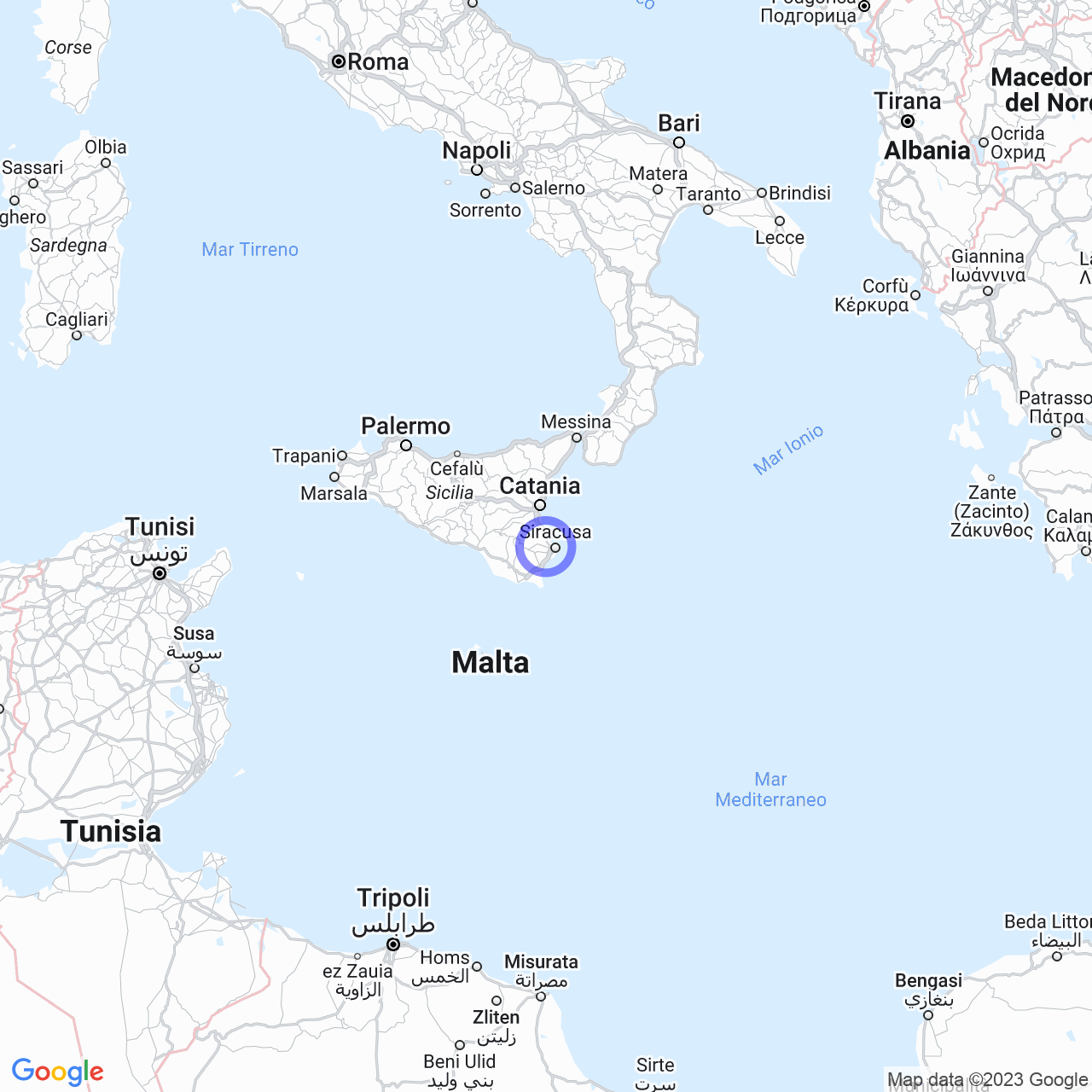Floridia
Floridia: a modern town in the heart of Anapo
Floridia, located in the fertile Anapo valley, is a relatively modern town with a population of about 21,107 inhabitants in the free municipal consortium of Siracusa in Sicily. The center is located 111 meters above sea level, 11 km away from Siracusa and 40 km away from the Catania-Fontanarossa airport. In this article, we will explore the origins of the name and the history of the town through the discoveries made by archaeologist Paolo Orsi.
The origin of Floridia
The name of Floridia, pronounced as ''Ciuriddia'' or ''Sciuriddia'' in Sicilian, may come from the Latin expression "Flora, Lucilla, Eugenio and compagni dies" in reference to Saint Flora, or from the adjective "floridus." However, the latter meaning does not seem likely because the name does not follow the Sicilian pronunciation faithfully. The Sicilian term "ciuriddu" means "little flower" and seems to be semantically tied to the name Floridia.

The history of Floridia
The origins of Floridia and the discoveries of Paolo Orsi (XIV century BC - XIII century BC)
In March 1909, archaeologist Paolo Orsi discovered a necropolis near the territory of Floridia. In one of the tombs, a Mycenaean vase dating back to the 14th-13th century BC was found, thus testifying to the presence of a primitive community. With the arrival of the Greeks in Sicily, the hinterland of Siracusa began to be civilized.
In 413 BC, during the Greek period, the Athenian militias commanded by Nicias camped in the area that was then known as ''Xiridia.'' According to Orsi's studies, they desecrated the necropolis.
The Roman period
There is little evidence of the Roman period in Xiridia, but it seems that many Roman families settled in the area because the climate was favorable and the air was healthier. They built villas, of which ruins were found. Some artifacts, such as a marble statue of Bacchus garlanded discovered in contrada Vignalonga in 1892, and pillars found in contrada Monasteri, owned by the Barone Catalano, are now kept at the Archaeological Museum "Paolo Orsi" in Siracusa.
The great necropolis of the 4th century AD
On April 16, 1909, near the Monasteri Soprano fiefdom, about 3 km from the current town center, Orsi discovered a large necropolis of the 4th century AD with bell-shaped pits equipped with headrests and closed by large monoliths. Many tombs were desecrated, but in others, human remains were found accompanied by pottery, bowls, small pitchers, and clay amphorae. In another loculus, a plate and small bronze figurines were found, including one dating back to the time of Constantine the Great. The settlement lasted for centuries and must have had an extension of hundreds of meters. This is evidenced by the finding of remnants of limestone sculptures depicting a pluteus with a relief cross, in a primitive form.
Conclusions
Floridia is a town with a rich past that has left behind many archaeological finds. Thanks to the discovery of Paolo Orsi, it is now known that the area hosted a primitive community during the Mycenaean period, was an Athenian camp during the Greek period, saw the presence of many Roman families, and had a great necropolis during the Roman period. The history of Floridia continues to evolve today in the present.
